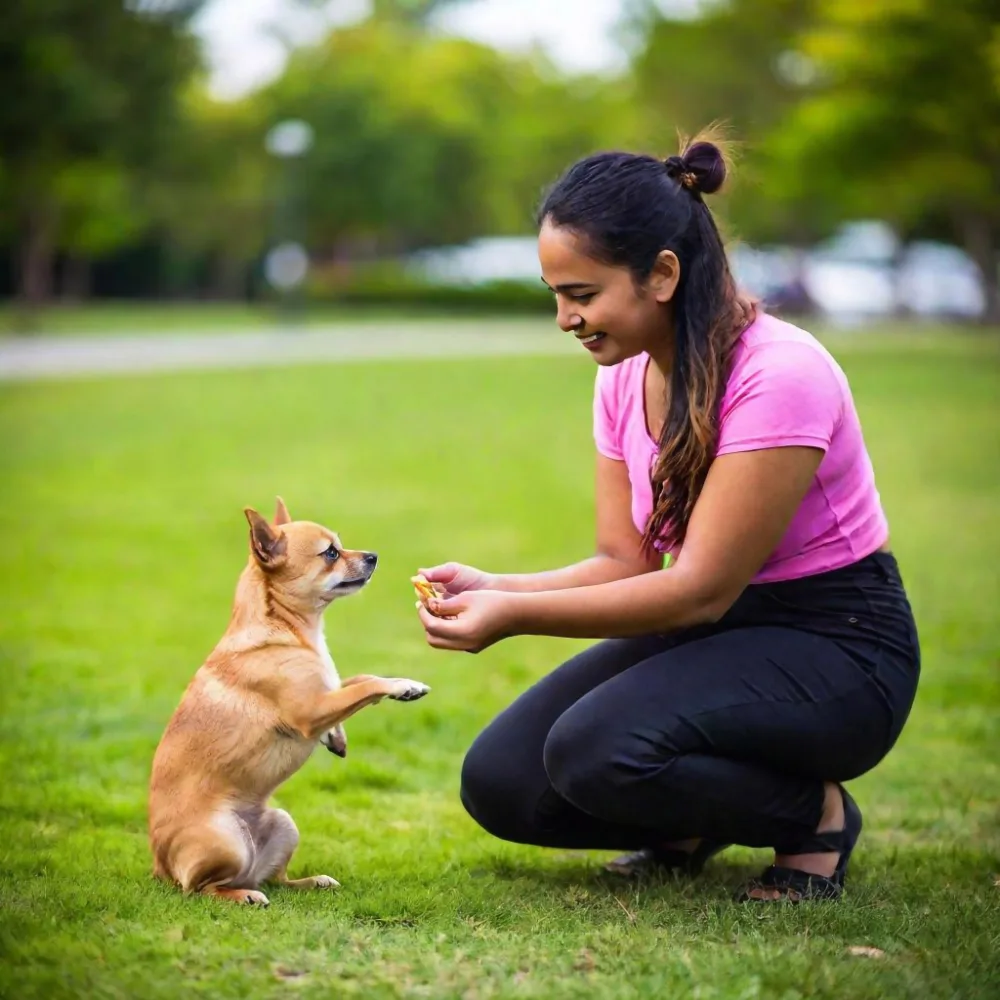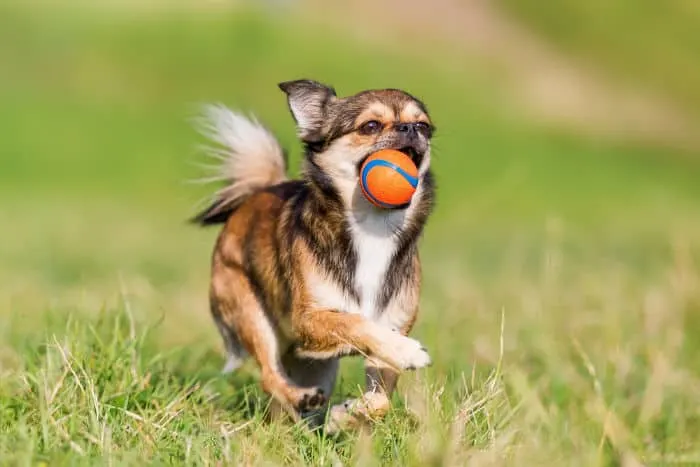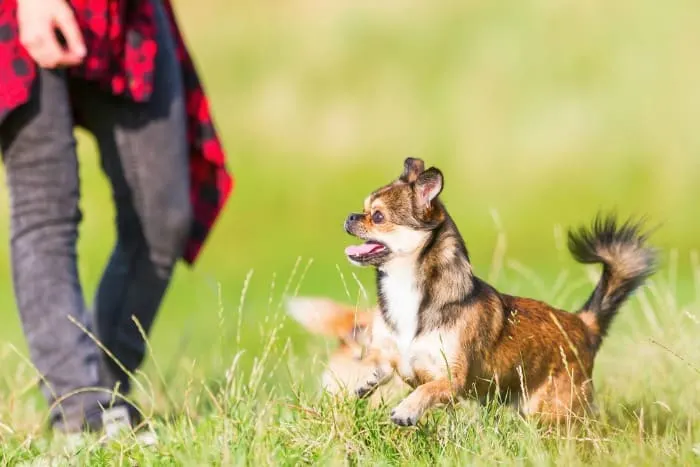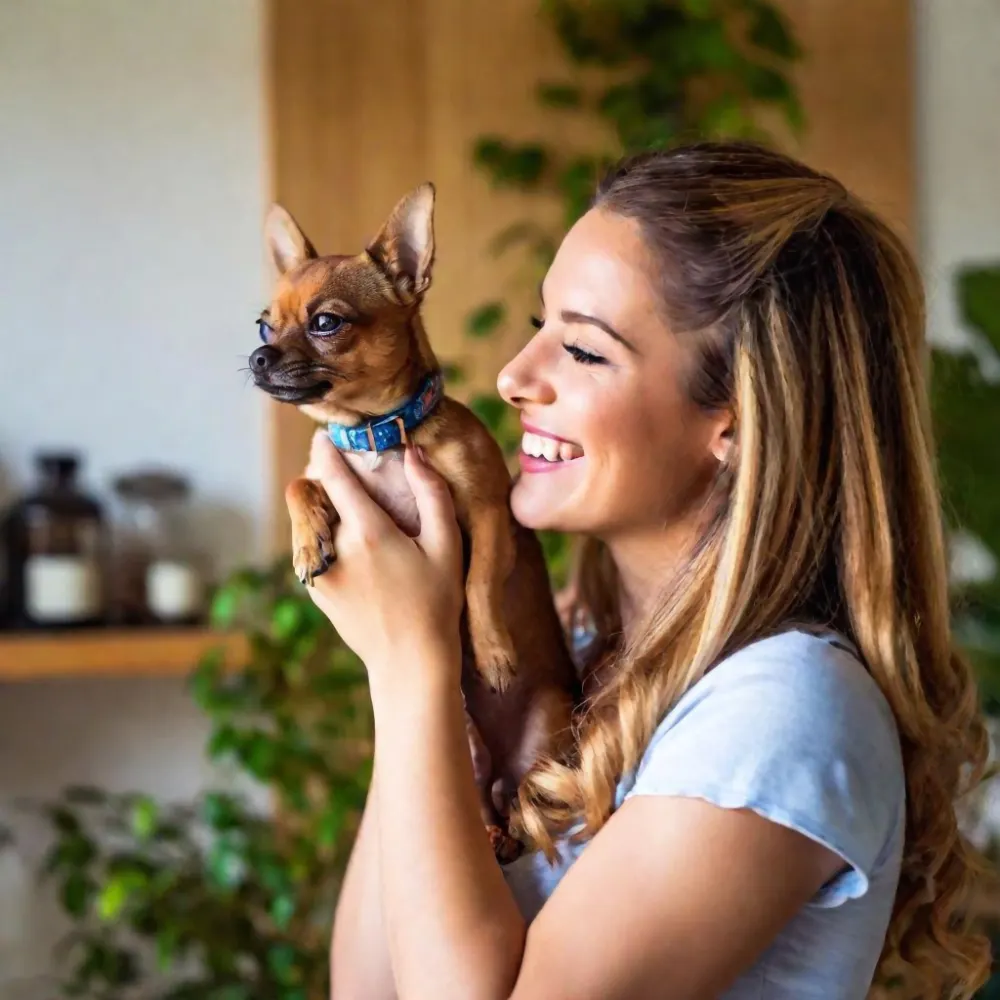In the world of pet training, the assumption often is that a piece of kibble or a sliver of chicken is the golden key to encouraging your dog’s best behavior. But what if your dog snubs even the tastiest morsels?

You might find yourself wrestling with the frustration of training a dog that isn’t motivated by treats. As someone who has been there, I can confidently say that while this may seem like a daunting task, there are effective strategies you can adopt to train your treat-indifferent dog, ensuring both you and your furry friend remain engaged and positive throughout the process.
1. Use a High-Value Treat
Okay, before you say “My dog refuses treats” be sure to read the following. Even for dogs that seem indifferent to regular treats, sometimes it’s all about finding that one “high-value” treat that they can’t resist.
Most dogs love treats that are 100% meat. But not always. Try different things.
For one of my dogs, it was not the usual store-bought treats or even meat but, oddly enough, frozen peas! Every dog has their own preferences, and finding that special snack can make all the difference.
Some more tips for treats:
- Experiment with different textures and flavors. Some dogs may prefer chewy treats over hard ones, or fresh meat over commercial treats.
- Keep these high-value treats exclusive to training sessions to maintain their special status.
- Train at or right before feeding time. When they are hungry, they will be more likely to be interested in the treat.
- Keep the treat in a crinkly plastic bag, like the ones potato chips come in if the treats you got are not in a crinkly bag. Many dogs love that crinkly sound and may be interested in working towards getting what is in there.
Insider Tip: Always introduce new treats in a calm environment where your dog can focus on the treat without distractions. This helps in associating the treat strictly with training rewards.
2. Use a Reward That Isn’t Food
If treats are off the table, turn to other forms of rewards. Affection and cuddle time, praise, or a few minutes of play can be just as effective as treats.
When training my own dog, I realized that excited verbal praise from me and petting got him more excited than any snack. Here’s how you can leverage non-food rewards:
- Immediately after your dog performs the desired behavior, engage in a brief play session or offer a belly rub as a reward.
- Use enthusiastic and high-pitched tones for verbal praise. Dogs often respond well to our tone and energy.
Insider Tip: Observe what naturally excites your dog during normal daily activities. This can give you clues about what will work best as a reward during training sessions.

3. Use a Toy
Toys can be powerful motivators, especially for dogs that are naturally playful or prey-driven. Using a toy as a reward during training can double as both a motivation and a way to burn off extra energy, which in itself can lead to better focus during training sessions.
- Choose a toy that is only available to your dog during training sessions to enhance its value.
- Interactive toys, like tug ropes or fetch balls, are great because they involve both the toy and your interaction, making the reward even more valuable.
Insider Tip: Keep the play sessions short and sweet. You want the toy to remain a high-value item that only makes an appearance during training.
Real-life Example: Training a Picky Pup
Jenny’s Struggle
Jenny had always heard that using treats was the best way to train a dog. However, her new rescue pup, Arnie, wasn’t interested in any treats she offered him. Determined to train him, Jenny tried using a variety of treats, but nothing seemed to motivate Arnie.
A New Approach
After some trial and error, Jenny decided to try using a favorite toy instead of treats. To her surprise, Arnie responded much better to the toy and was eager to learn new commands in exchange for playtime.
The Result
Through patience and creativity, Jenny found a method that worked for her food-motivated pup. By incorporating playtime with his beloved toy, she was able to successfully train Arnie and strengthen their bond in the process.

4. Use the Environment
Sometimes, the environment itself can be the reward. This is particularly effective in training scenarios that involve walking or outdoor activities. If your dog loves to explore, use this curiosity as a reward.
- Allow your dog to explore a new area after a successful recall or sitting at a crosswalk.
- Use ‘life rewards’ like the opportunity to sniff a bush or greet a familiar neighbor, which can be just as rewarding as any treat.
Insider Tip: Be consistent with environmental rewards. If your dog learns that sitting patiently leads to more freedom to explore, they are more likely to repeat this behavior.
5. Take a Break
Often underestimated, taking a break can be a powerful ‘negative reinforcement’ technique. If your dog isn’t responding well and seems disinterested, stepping away for a few minutes can help both of you reset your focus and energy.
- Use breaks strategically, not as a sign of frustration, but as a calibrated response to your dog’s current state of mind.
- Resume training when both of you feel refreshed and are in a better frame of mind to engage productively.
Insider Tip: Recognize the signs of frustration or boredom in your dog early. A break can prevent negative associations with training and keep the experience positive.
Here are a few videos that go into further tips on training a dog not motivated by food that I highly recommend:
Final Thoughts
Training a dog that isn’t motivated by treats can initially seem like a roadblock, but with creativity and patience, it opens up a range of possibilities that can even surpass traditional treat-based training.

By understanding and leveraging what truly motivates your dog, whether it’s a special kind of treat, praise, toys, environmental rewards, or simply taking timely breaks, you can develop a training regimen that is both effective and deeply bonding.
Remember, the goal of training isn’t just about obedience, but about enhancing the communication and relationship between you and your dog. Each dog is unique and finding what works best for your fur baby is a journey worth taking.
If you have any tips for how to train a non-food-motivated dog, please share it in the comments so we can all benefit.


Cathy Bendzunas
Pet Blogger
